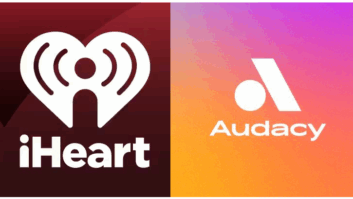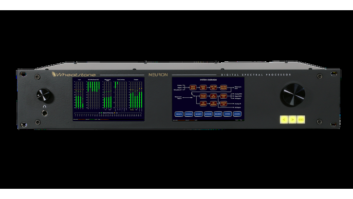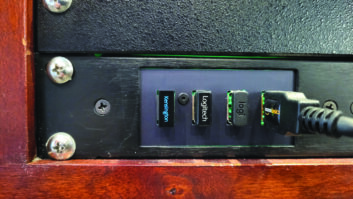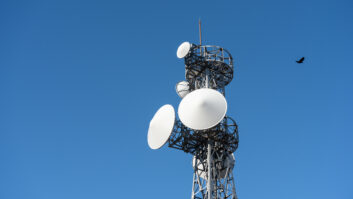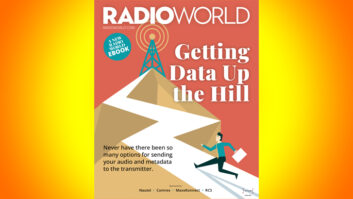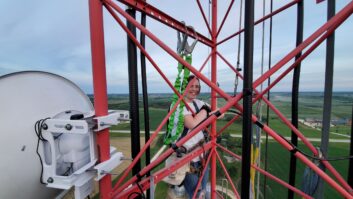OVERLAND PARK, Kan. — In April, Sprint customers in select U.S. markets will experience “the future of wireless” as the company prepares its first 5G mobile network in the first half of 2019.
Customers in Chicago, Dallas and Los Angeles will begin experiencing “5G-like” capabilities, including significant increases in data speed and capacity, as Sprint rolls out advanced network technology called Massive MIMO, according to this press release from Sprint. The company will aggressively expand to additional markets including Atlanta, Houston and Washington later this year.
Sprint’s first 5G-ready Massive MIMO cell sites are capable of delivering up to 10 times the capacity of current LTE systems. All Sprint customers using a 2.5 GHz (band 41) device will benefit from the increased capacity and speed provided by Massive MIMO. Sprint is working with Qualcomm and device manufacturers to launch 5G mobile devices in the first half of 2019. The recently announced Qualcomm Snapdragon X50 5G modem supports 5G NR for Sprint’s 2.5 GHz (n41) spectrum band.
Sprint will deploy 64T64R (64 transmit, 64 receive) Massive MIMO radios using 128 antennas working with technology leaders Ericsson, Nokia, and Samsung Electronics. The Massive MIMO radios from all three suppliers are software-upgradable to 5G without additional tower climbs. The Massive MIMO radios support split-mode service, enabling Sprint to offer both 4G LTE and 5G on the same radio.
In 2018 and 2019 Sprint expects to deploy thousands of Massive MIMO radios, significantly increasing network capacity for millions of customers across the country, according to the same press release.
T-Mobile plans to have its 5G network built-out in 30 cities by the end of 2018. The first four of those were recently announced — New York, Los Angeles, Dallas, and Las Vegas, according to theverge.com.
Unfortunately, no one will actually be able to use the 5G network this year, though. T-Mobile CTO Neville Ray said it wouldn’t be until this time next year that the first phones that could use the network will become available. When the time does come what can consumers expect? Speeds should be faster, but T-Mobile (and other carriers) are talking about 5G as an extension of LTE, rather than a replacement for it.
“5G is another incremental step, and it will become a much larger one as time moves forward,” Ray said, quoted in the same article.
T-Mobile plans to use millimeter wave spectrum and more traditional LTE-range wireless bands to build its 5G network, which should provide enhanced speeds and broad reach.
